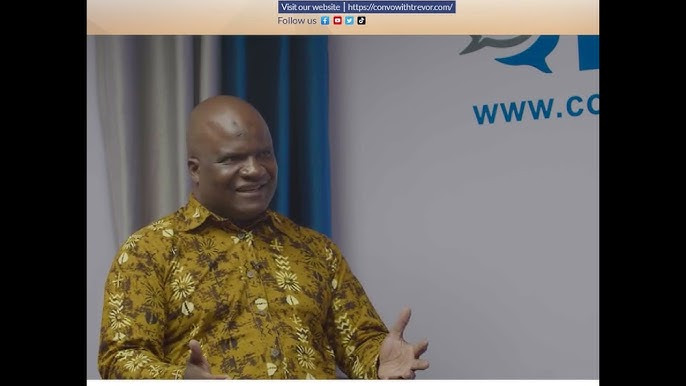
ARTIFICIAL Intelligence (AI) expert Dennis Magaya says AI can improve renewable energy generation and cut costs as the world transitions to cleaner energies.
Zimbabwe has a renewable energy potential of 1 600 megawatts (MW) to 1 800MW from mostly solar, wind, biogas and small hydros.
At the recent International Renewable Energy Conference and Expo, hosted by The Standard in conjunction with the Ministry of Energy and Power Development, the National Energy Efficiency Policy was launched, which pushes for renewable energy adoption.
The policy is also meant to support the 2019 National Renewable Energy Policy, which is far from achieving its goal of an installed renewable energy capacity of 1 100MW by year-end.
“Renewable energy from sources such as solar and wind is not consistent since it changes based on weather conditions. This creates a problem because electricity should be reliable and consistent. AI can be used in energy production by predicting weather patterns for solar and wind farms so that the output is matched to demand,” Magaya told NewsDay Business.
“AI can be used to manage smart grids to balance supply and demand in real-time. In addition, AI is used in renewable energy systems maintenance, where faults can be predicted and fixed before power is lost. AI brings negative and positive impacts to renewable energy.
“On the positive aspect, AI can be used to dimension renewable energy systems correctly so that the variable nature of solar and wind patterns is matched to the demand side.”
He noted that AI could also cut costs.
- Public relations: How artificial intelligence is changing the face of PR
- Queen Lozikeyi singer preaches peace
- Public relations: How artificial intelligence is changing the face of PR
- Business opinion: Branding through Artificial Intelligence
Keep Reading
“This helps avoid over-dimensioning and the cost of the system. In this case, AI improves efficiency and lowers the total cost of ownership,” Magaya said.
“AI improves the grid stability and energy forecasting, which are critical in renewable energy systems. Lastly, AI encourages innovation in the design and implementation of smarter infrastructure.”
He said AI could also be used to reduce the environmental impacts of renewable energy sources.
“The construction of renewable energy production sites can affect the environment. AI can minimise land use by selecting optimal sites for installations,” Magaya said.
“The use of AI to predict weather conditions and optimise system design reduces the overall impact of the site construction and operations on the environment.”
He said that AI could also be used to develop efficient energy storage systems and improve the lifespan of energy systems.
“AI helps integrate storage solutions to reduce overproduction, which could affect the environment,” Magaya said.
However, he noted negative impacts from AI.
“On the negative side, AI causes job losses in areas such as monitoring or systems design, which can be automated. The AI system attracts a cost, which therefore increases the initial investment required,” Magaya said.
“Lastly, AI requires skills that may not be readily available for both equipment suppliers and energy producers.”










